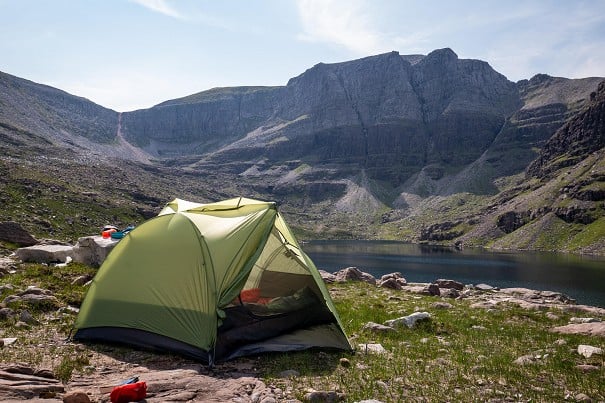
Sea To Summit Telos TR2
Hitherto known for camping accessories, Sea to Summit recently made the logical step into tents. New this year, their ultralight Telos TR offers lots of space, ventilation and versatility. We tested the two-person version over summer and early ...









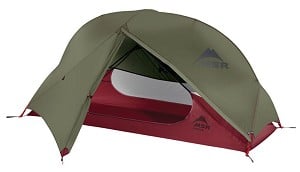




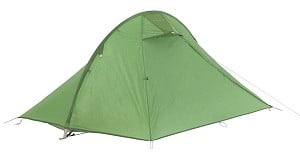
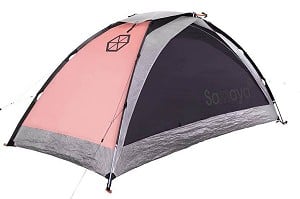
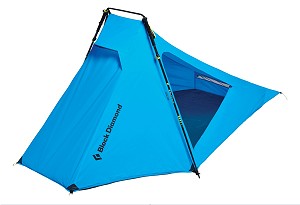
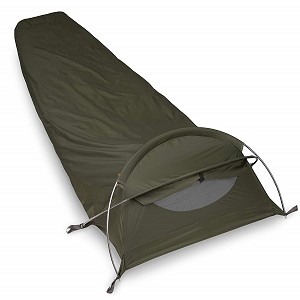
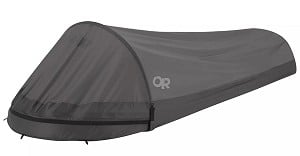
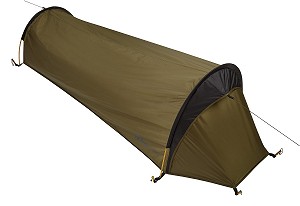










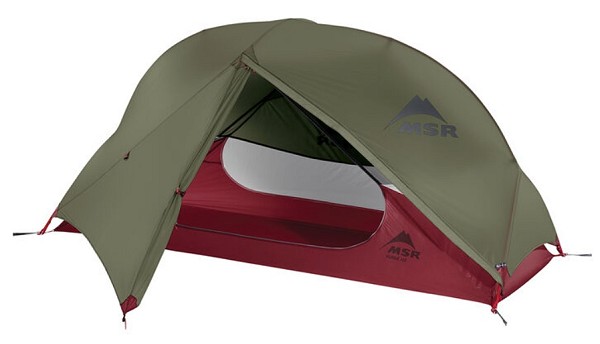





















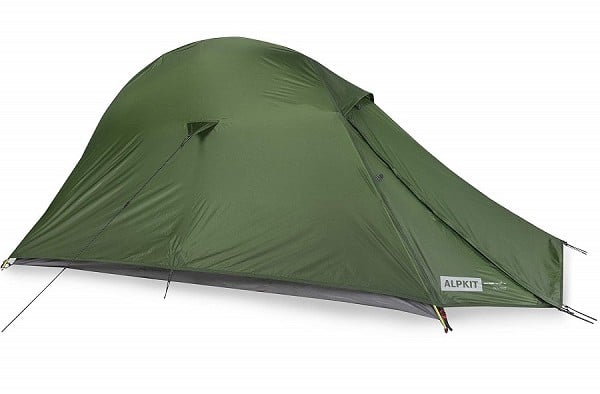



























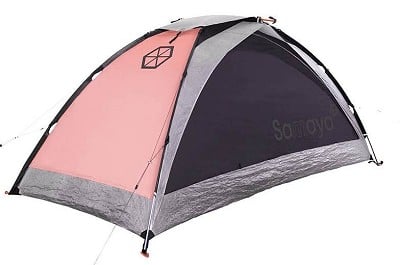








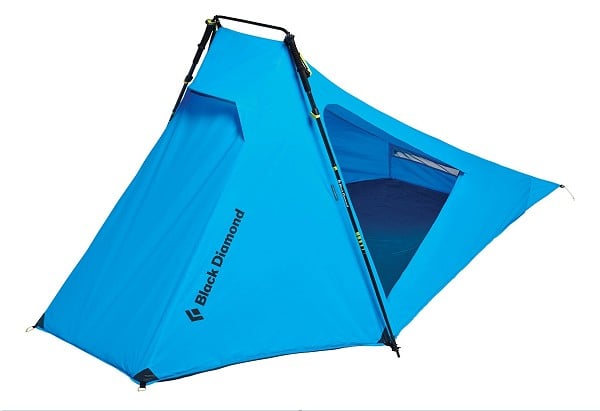


























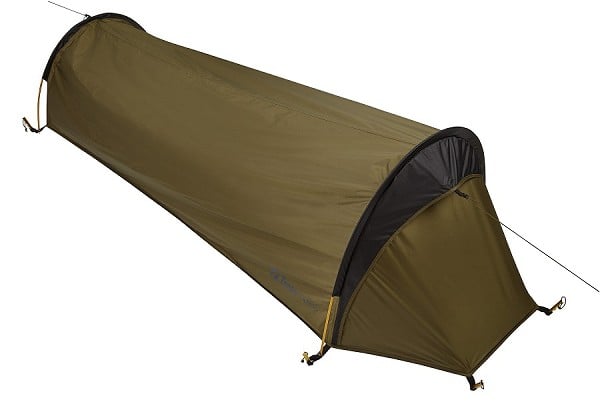

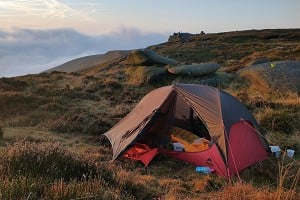
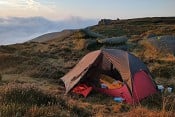
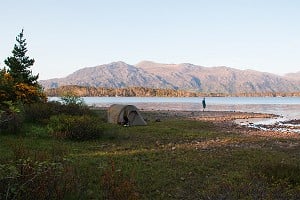
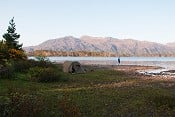
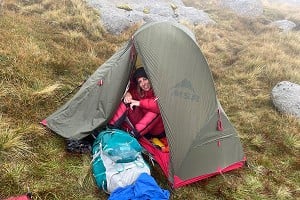
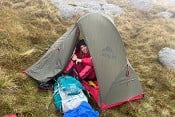


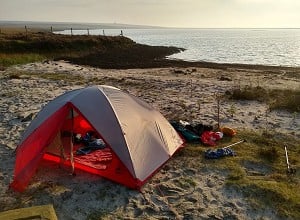
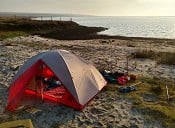
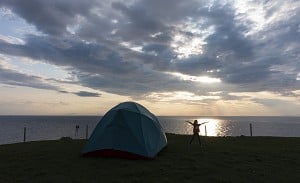
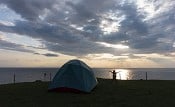
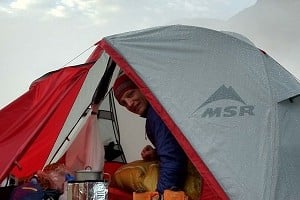
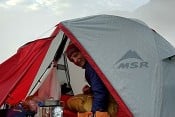
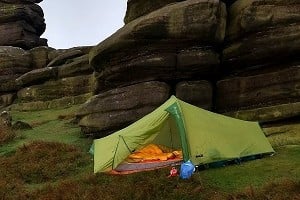
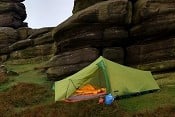
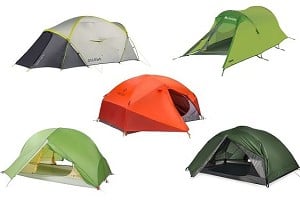

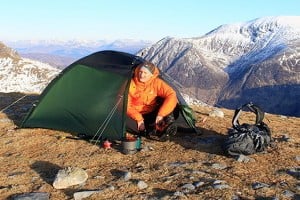
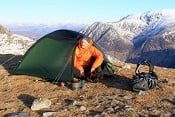
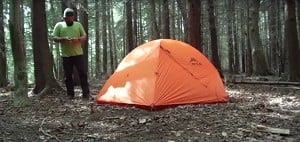

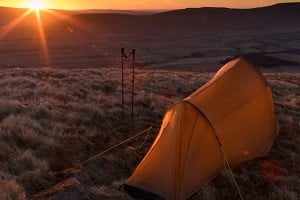
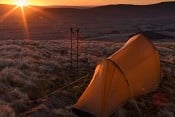
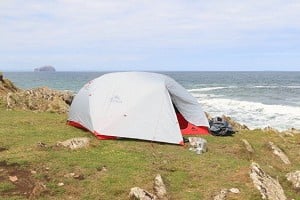
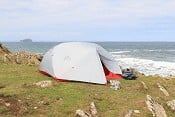
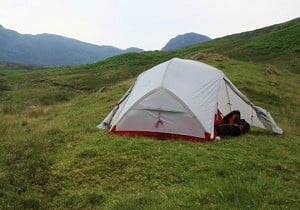
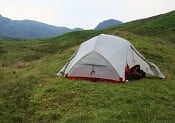
Comments
Good roundup, which would you recommend for bikepacking though? Which packs down the smallest? OR Helium?
Have you tried any of these sort of tents ?
https://www.tarptent.com/product/stratospire-li/https://zpacks.com/products/duplex-tent#weight
Many thanks for all the reviews.
Nice review piece.
Having owned the Alpkit Soloist for a couple of years now I can attest to the small dimensions, it's not a tent I could recommend unless budget is your overriding concern. However, given it's only 300g heavier than the Alpkit bivvy bag you would have to be nuts to pick a bivvy over a twin walled tent.
Another option to consider is an ultralight 2-person tent for only a little more cash than some of these models. I have the Nordisk Telemark 2 LW, which is currently £460 (incl. a footprint) and is lighter and roomier than any of the reviewed tents. For one person it is very comfortable. As ever, the 2-person designation is to be taken with a pinch of salt but if you're slightly built, travel light and are very friendly with the other person then it will do that job too.
https://www.elitemountainsupplies.co.uk/camping-trekking-c4/tents-bivi-c15/nordisk-tents-c84/nordisk-telemark-2-lw-tent-with-footprint-p757
So who gets to keep the Samaya?